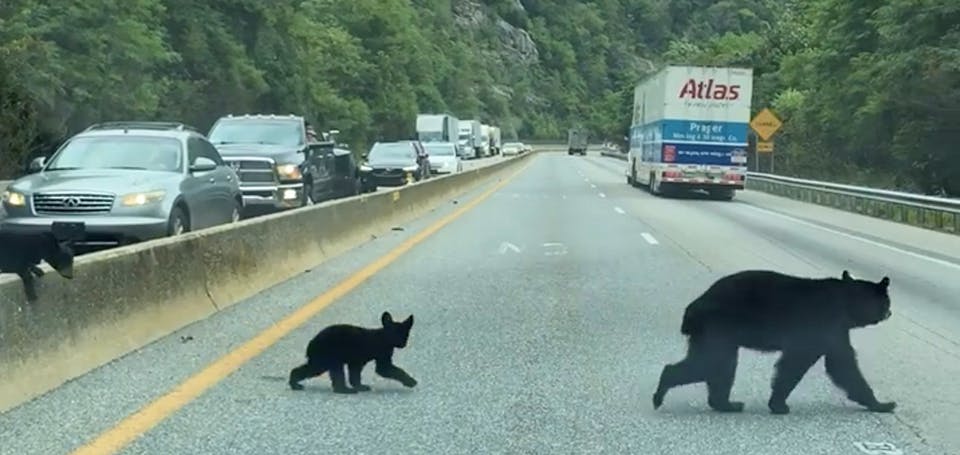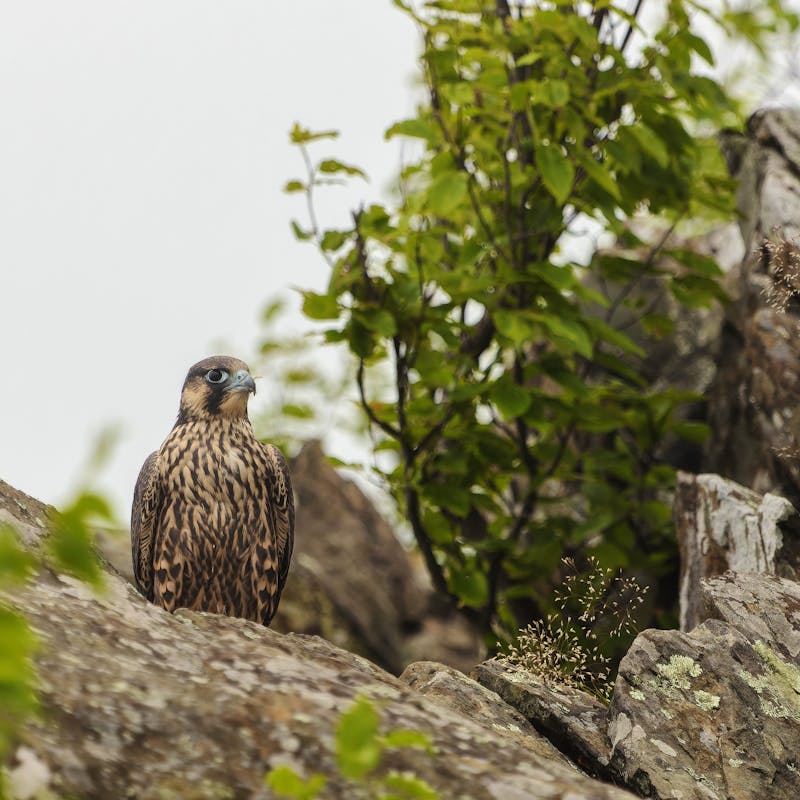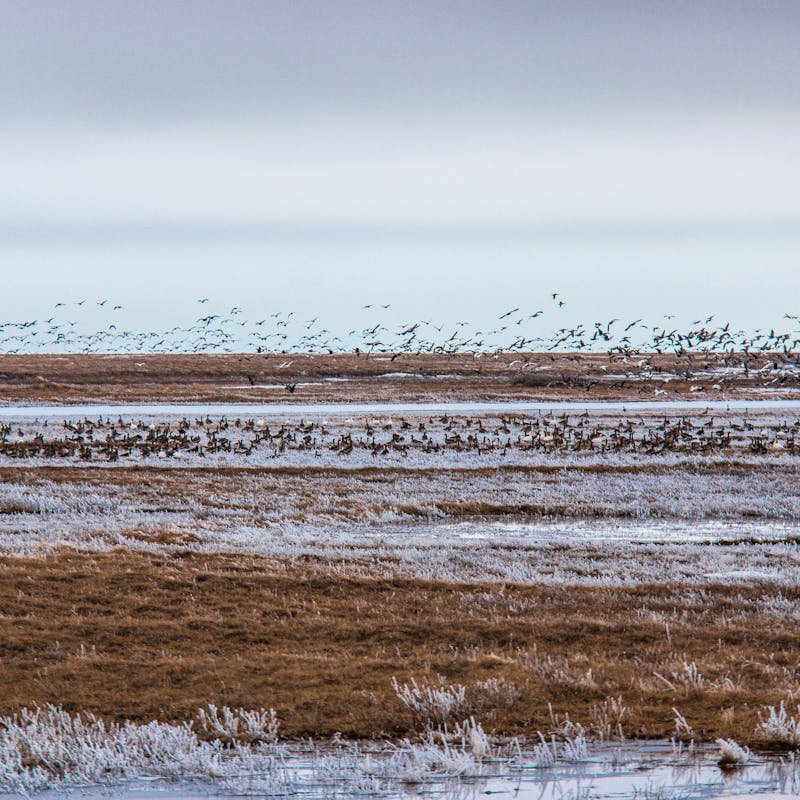This blog presents a recent op-ed in the Raleigh News & Observer that explores the future of wildlife crossings and improvements along a section of highway I-40 in North Carolina that was ravaged by Hurricane Helene.
Harmon Den is one of many exits along busy Interstate 40 in western North Carolina’s Pigeon River Gorge, but some features make it unique. Wildlife passages and fencing offer a safe crossing underneath the highway for elk, bears, deer and a great deal more wildlife in search of food, mates or shelter. Crossings like this keep animals off roads and away from speeding vehicles, where human and animal lives alike are put at risk.
Both The habitat and the interstate that cuts through Pigeon River Gorge were demolished in late September by Hurricane Helene. The areas that will need to be repaired present a once-in-a-generation opportunity to invest in sustainable solutions for people and wildlife.
For 10 miles, landslides and washouts dragged portions of I-40’s eastbound lanes into the Pigeon River. The NC Department of Transportation — which has collaborated on wildlife crossings in the gorge for years — planned to reopen this stretch of highway by the first week in January, but was thwarted when another damaged section of highway sloughed off just before Christmas.
Options to repair the highway after Helene include a proposal to build steep retaining walls along I-40, which would only create more barriers preventing wildlife from moving across their habitat and potentially funneling more wildlife into the path of oncoming traffic where the barriers end.
Rebuilding must take into account the opportunity to promote resilience for wildlife and motorists. There are sustainable options to be considered if we are willing to collaborate and be creative. With the highway currently closed, wildlife crossings can be created or improved without getting in the way of traffic among one of the busiest highways in the state.
Now is the time to think long-term and take advantage of the situation. There are a few key areas along the interstate that are ripe to make this vision a reality.
An area known as the “double tunnel” which serves as a de facto land bridge is a critical connection that was interrupted. Locations like Snowbird Creek are in desperate need of new larger culverts and fencing to support safe crossings and fish passage. There are other opportunities along this corridor, as well as advocates working hard to make them a reality.
Every project needs its leaders. The Safe Passage coalition is a large group of people and organizations, including Defenders of Wildlife, working toward a common vision to protect wildlife and ensure the safety of motorists.
Together, we believe that it’s possible to balance the needs of wildlife as we look to make the necessary repairs to I-40. That balance can be achieved by including crossings and features built at minimal inconvenience to drivers. The construction of a massive retaining wall would only throw that balance further off, increasing disturbance and reducing safe passage options for both animals and people along a vulnerable stretch of interstate. It’s a commonsense solution.
We must, of course, acknowledge the resources it will take to accomplish this work. Thankfully, our state and federal governments are working to provide billions of dollars to the region impacted by Helene. These resources are badly needed. Our elected officials must move swiftly to appropriate these funds and ensure that the needs of wildlife and the necessity for, increased connectivity and crossings are considered and promoted. There may never be a better moment than right now.







Follow Defenders of Wildlife
facebook bluesky twitter instagram youtube tiktok threads linkedin